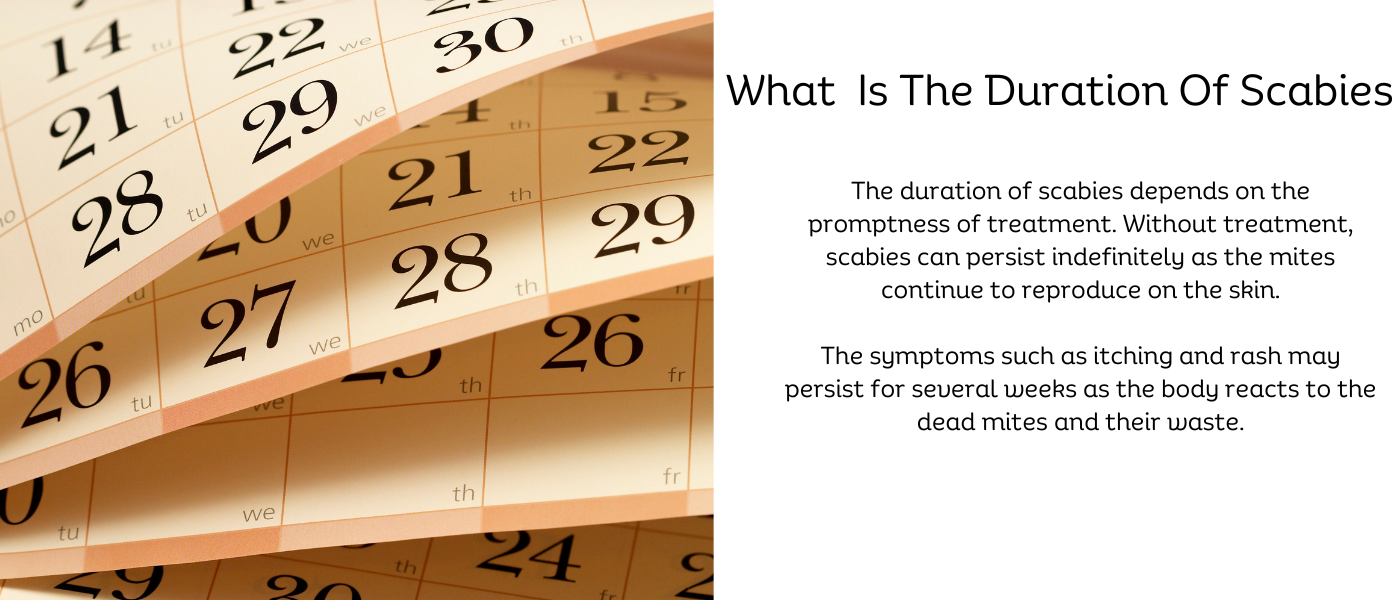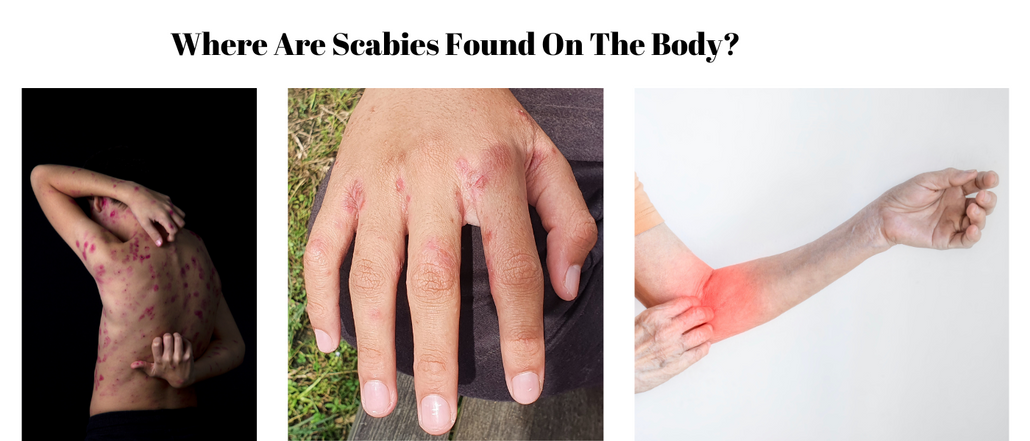Natural Remedies for Scabies: Can Herbs Help Get Rid of the Itch?
May 22nd 2024
Scabies Explained: From Causes to Cure
Scabies is a highly contagious skin infestation caused by the mite Sarcoptes scabiei, characterized by intense itching and a red rash with small bumps and burrows. It spreads primarily through direct, prolonged skin-to-skin contact, and less commonly via infested bedding, clothing, or towels. Diagnosis involves a clinical examination and sometimes a skin scraping. Treatment includes prescription topical or oral medications to kill the mites, with a focus on treating close contacts and thoroughly cleaning personal items to prevent reinfestation. Natural remedies like tea tree oil and neem oil can provide symptom relief but should be used alongside medical treatments.
What Are Scabies?
- Rash and Red Bumps: The primary symptom of scabies is a red, itchy rash composed of tiny bumps. These bumps can resemble small pimples or blisters.
- Burrows: Scabies mites create tiny, thread-like burrows in the skin. These burrows can appear as thin, wavy, grayish or skin-colored lines on the surface of the skin. They are most commonly found in skin folds, such as between the fingers, around the wrist, elbows, and knees, as well as in the armpits, around the waist, and on the buttocks.
- Intense Itching: The itching associated with scabies is often severe and tends to worsen at night.
- Sores: Due to intense scratching, the affected areas may develop sores or crusty patches. These sores can become infected, leading to secondary bacterial infections.
Where are Scabies Found On The Body?
- Hands
- Wrists
- Elbows
- Armpits
- Waist
- Buttocks
- Area around the nipples in women
- Genital area in men
How Are Scabies Transmitted?
Scabies is transmitted through direct, prolonged skin-to-skin contact with a person who has the infestation. Here are some common ways you might have contracted scabies:
- Close Physical Contact: The most common way to get scabies is through close, intimate contact with an infected person. This includes sexual contact, but it can also occur through non-sexual close contact, such as hugging or holding hands.
- Shared Bedding or Clothing: While less common, scabies can spread through infested bedding, clothing, ortowels. The mites can survive on these items for a short period of time.
- Crowded Environments: Scabies spreads more easily in crowded environments where close contact is frequent, such as in schools, nursing homes, prisons, or dormitories.
- Family and Household Members: If one person in a household has scabies, it’s likely to spread to other members due to the close contact and shared items.

What Is The Duration Of Scabies?
The duration of scabies infestation depends on several factors, including how quickly it is diagnosed and treated. Here’s a general timeline:
- Without Treatment: If left untreated, scabies can persist indefinitely as the mites continue to reproduce on your skin. The symptoms, such as itching and rash, will continue to worsen over time.
- With Treatment: Once treatment begins, which usually involves prescription topical medications or oral medications to kill the mites, the infestation can be eliminated relatively quickly.
- Immediate Relief: The medication starts killing the mites soon after application, but it may take a few days for symptoms to begin improving.
- Symptom Persistence: Itching and rash can persist for several weeks after treatment as your body reacts to the dead mites and their waste products. This is known as post-scabies itch.
Can Scabies Be Diagnosed?
- Diagnosis:
- Clinical Examination: A healthcare provider can diagnose scabies by examining the characteristic rash and burrows on your skin.
- Skin Scraping: Sometimes, a small scraping of your skin will be taken to be examined under a microscope to confirm the presence of mites or their eggs.

What Are Natural Remedies For Scabies?
- Tea Tree Oil:
- Properties: Tea tree oil has antimicrobial and anti-inflammatory properties.
- Application: Dilute tea tree oil with a carrier oil (like coconut oil) and apply it to the affected areas twice daily.
- Neem Oil:
- Properties: Neem oil has natural insecticidal properties and can help kill scabies mites.
- Application: Apply neem oil directly to the skin or add it to a warm bath.
- Aloe Vera:
- Properties: Aloe vera has soothing and healing properties that can help relieve itching and promote skin repair.
- Application: Apply pure aloe vera gel to the affected areas several times a day.
- Clove Oil:
- Properties: Clove oil has antimicrobial and analgesic properties.
- Application: Dilute clove oil with a carrier oil and apply to the affected areas.
- Turmeric:
- Properties: Turmeric has anti-inflammatory and antimicrobial properties.
- Application: Make a paste of turmeric powder and water, and apply it to the affected areas. Rinse off after it dries.
- Cayenne Pepper:
- Properties: Cayenne pepper can help relieve pain and itching when applied topically.
- Application: Mix cayenne pepper with a carrier oil and apply to the skin, but be cautious as it may cause irritation for some people.
- Apple Cider Vinegar:
- Properties: Apple cider vinegar can help restore the skin's natural pH balance and soothe itching.
- Application: Dilute apple cider vinegar with water and apply to the affected areas with a cotton ball.
- Garlic:
- Properties: Garlic has antimicrobial properties that can help fight off infections.
- Application: Crush a few cloves of garlic and mix with a carrier oil, then apply to the skin. Be cautious, as garlic can be irritating to some people’s skin.
- Bitter Gourd (Karela):
- Properties: Bitter gourd has medicinal properties and can help detoxify the skin.
- Application: Drink a juice made from bitter gourd, or apply a paste made from its leaves to the affected areas.
Important Considerations:
- Patch Test: Always do a patch test before using any natural remedy to ensure you don’t have an allergic reaction.
- Consult a Doctor: While natural remedies can provide relief, they may not be sufficient to completely eradicate scabies mites. It’s important to consult a healthcare provider for proper diagnosis and treatment.
- Hygiene Practices: Maintain good hygiene practices and follow medical advice on cleaning and decontaminating clothing, bedding, and personal items to prevent re-infestation.
Using these natural remedies in conjunction with prescribed treatments can help alleviate symptoms and support recovery from scabies.
References:
https://www.mayoclinic.org/diseases-conditions/sca...
https://my.clevelandclinic.org/health/diseases/456...


